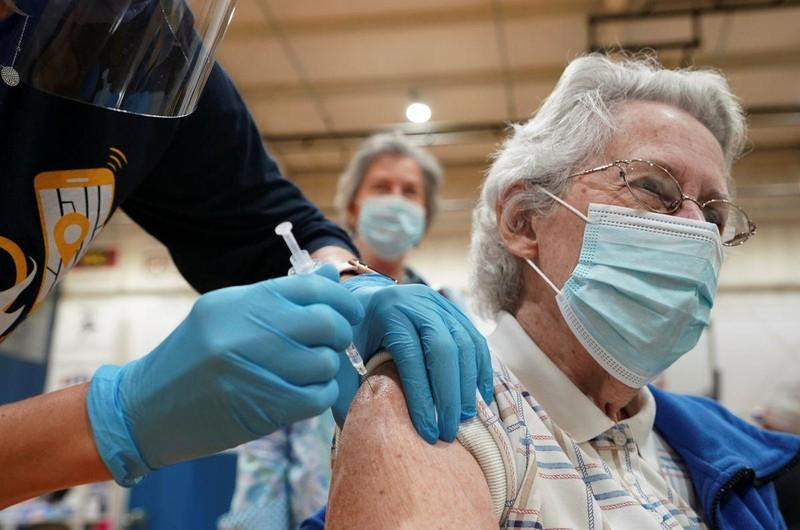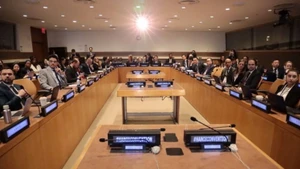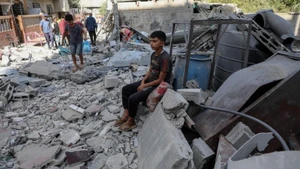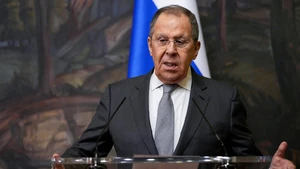The Director-General of the World Health Organisation (WHO) Tedros Adhanom Ghebreyesus said the WHO hopes that the emergency phase of the COVID-19 pandemic is coming to an end, but this wish has yet to come true.
According to the head of WHO, the flaws in the strategies to prevent and control the COVID-19 pandemic in 2022, continue to create favourable conditions for a new deadly variant to break out.
Many regions around the world have seen a resurgence of COVID-19 cases in the past few days. This is an alarm to the whole world that the COVID-19 pandemic is not over and that the SARS-CoV-2 virus is still changing constantly, threatening to cause waves of outbreaks at any time.
Los Angeles County, the most populous county in the United States, has recorded an average of more than 2,700 new cases of COVID-19 per day, an increase of 180% since early November. France is also facing the risk of a resurgence of the COVID-19 pandemic wave as the country detects more than 40,000 new cases every day.
Peru is entering the fifth wave of the COVID-19 pandemic, while Australia is nearing the peak of the fourth wave of the pandemic. Such statistics are clear evidence that the threat of the pandemic is still present.
The experience that the world has gained after a long time fighting the COVID-19 pandemic and the introduction of many types of vaccines, has created an important milestone in the fight against the pandemic.
However, when countries and territories around the world gradually eased regulations on controlling and testing for COVID-19 and resuming socio-economic activities, a part of people mistakenly believed that the pandemic had passed, leading to subjective psychology and neglect of pandemic prevention.
This has also led to a stagnation of the booster vaccination campaign. According to French officials, only 20% of people in high-risk groups in France have received a second booster shot to prevent COVID-19. In the US, leading medical experts are also urging people to get booster shots as the year-end holiday season approaches.
The world health system, which has been reeling from the COVID-19 pandemic for nearly three years, is facing mounting pressure due to the outbreak of a host of other diseases in the winter-spring season, such as influenza, bronchiolitis, and measles.
The US Centres for Disease Control and Prevention (CDC) said that US hospitals are overloaded with a large number of patients with respiratory diseases such as influenza, respiratory syncytial virus (RSV) and COVID-19.
In particular, the number of hospital admissions due to flu is at its highest level in a decade. There have been 8.7 million flu cases in total, including 78,000 hospitalisations this winter.
The European region also saw an increase in seasonal flu and RSV cases. People aged 55 and older are particularly vulnerable, and this group accounts for nearly half of flu hospitalisations since October 2022.
Measles is also a threat to many countries during winter. The WHO warned that the continuously falling measles vaccination rate, poor monitoring of the disease and delayed response plans due to the COVID-19 pandemic, make measles an imminent threat in all regions of the world.
According to the WHO, immunity against measles plummets when a record number of 40 million children missed a measles vaccine in 2021.
The resurgence of COVID-19 cases and a host of other diseases this winter is a message to remind people of the complexity and unpredictability of epidemics.
It is necessary to raise lessons on enhancing awareness of epidemic prevention and eliminating subjective psychology so that people can have a peaceful year-end holiday.
















